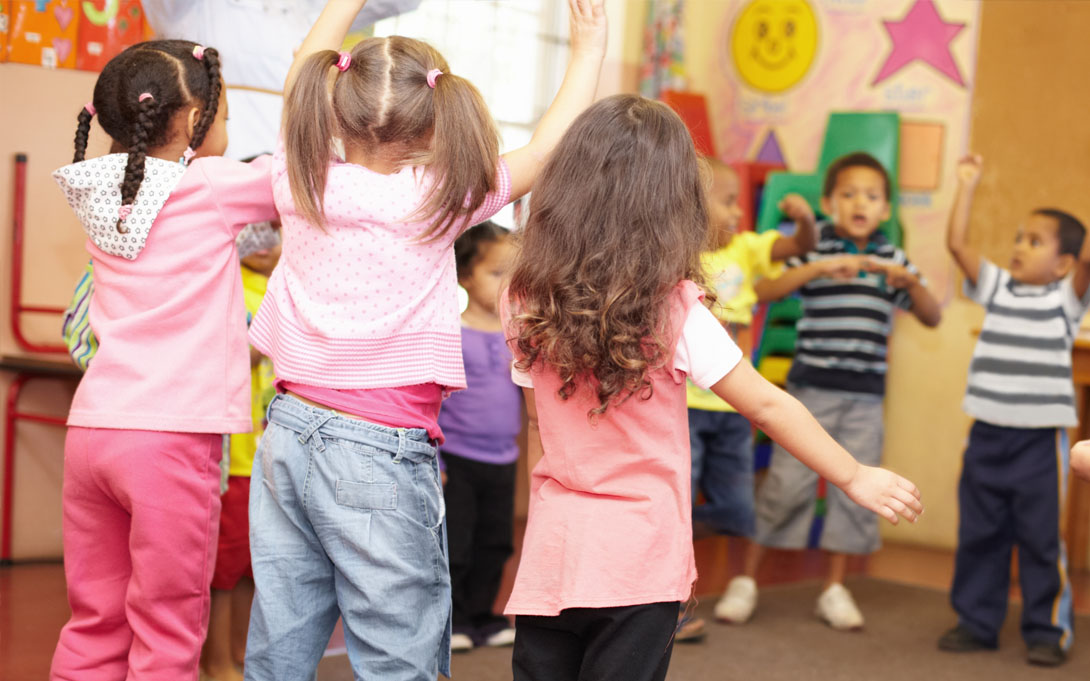Michigan Transitional Kindergarten: Impacts on Early Education Enrollment and Student Achievement through Third Grade
In recent years, several states have expanded a new publicly funded learning option: Transitional Kindergarten (TK). TK programs bridge prekindergarten and kindergarten in their eligibility, requirements, and design. Thousands of young children attend Michigan TK programs each year (also known as “Young Fives” and “Developmental Kindergarten”). In an earlier brief, we described the features of TK programs in Michigan. In this brief, we report on two new analyses: 1) how TK interacts with other early learning options in the state, and 2) the impact of attending TK on student learning.

Key findings
- The introduction of TK in Michigan substantially increased the number of children attending a state-funded early education program in the state. Some children enrolled in TK instead of opting for a waiver to enroll in kindergarten before turning five. Other children enrolled in TK instead of Michigan’s state-funded Pre-K, known as the Great Start Readiness Program (GSRP). However, the newly available GSRP spots were filled, resulting in more children served in state-funded options overall.
- The availability of TK increased the proportion of families who chose to delay kindergarten entry, often referred to as “redshirting.” Moreover, access to TK led to a larger increase in redshirting among economically disadvantaged children, consistent with the fact that financial circumstances influence families’ early education choices in the absence of a publicly funded option.
- Enrolling in TK improved children’s 3rd grade math test scores by 0.29 standard deviations. We also find suggestive evidence of gains in English Language Arts. These gains are measured relative to a group of children that attended other preschool programs (e.g., state-funded Pre-K, Head Start, and private programs), other formal care options, and informal care arrangements. TK’s impacts are notably large relative to most of the prior Pre-K literature.
